Home>diy>Building & Construction>What Rocks Are Used In Construction
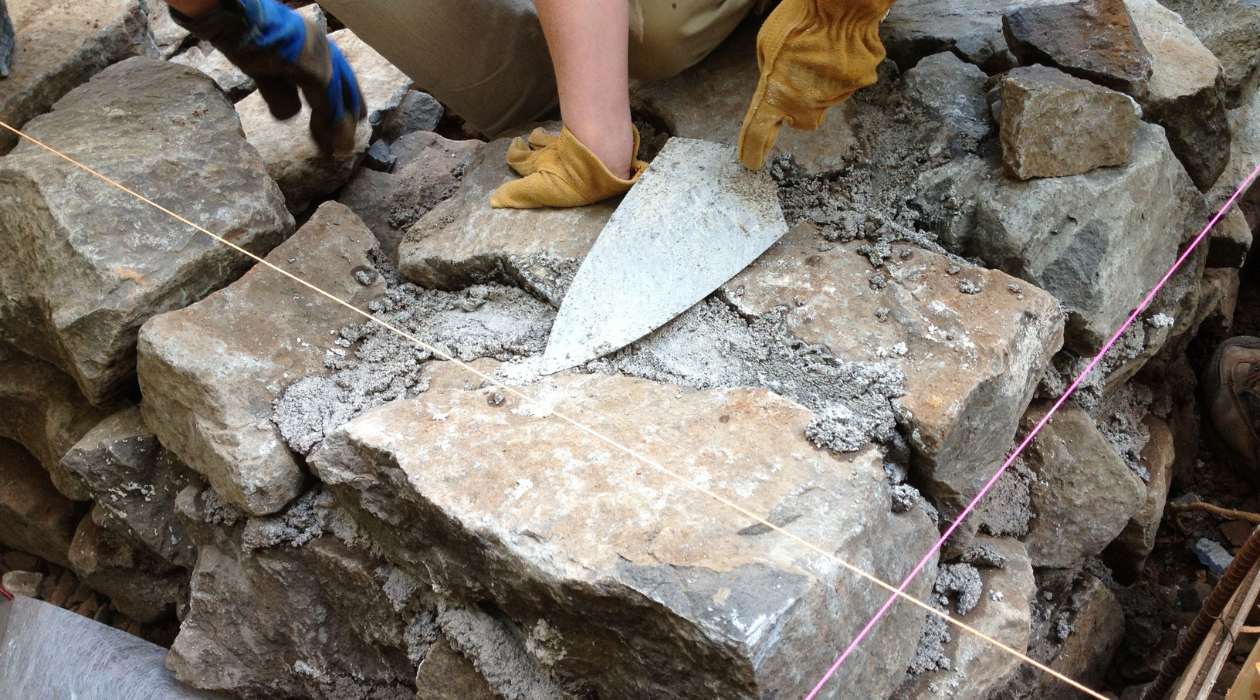

Building & Construction
What Rocks Are Used In Construction
Modified: January 18, 2024
Discover the essential rocks used in building construction. From limestone to granite, explore the different materials that are crucial for constructing strong and durable structures.
(Many of the links in this article redirect to a specific reviewed product. Your purchase of these products through affiliate links helps to generate commission for Storables.com, at no extra cost. Learn more)
Introduction
Construction is a complex and intricate process that involves the use of various materials, including rocks. Rocks play a crucial role in construction, providing strength, durability, and aesthetic appeal to structures. From ancient civilizations to modern architecture, rocks have been used in construction projects of all sizes and scales.
There are three main types of rocks commonly used in construction: sedimentary rocks, igneous rocks, and metamorphic rocks. Each type has its own unique properties and characteristics that make it suitable for specific applications.
In this article, we will explore the different types of rocks used in construction and learn about their distinct qualities and uses in the building industry.
Key Takeaways:
- Rocks such as limestone, granite, and marble are essential in construction due to their strength, durability, and aesthetic appeal. They offer a wide range of options for building materials, from flooring to decorative elements.
- Sedimentary, igneous, and metamorphic rocks each bring unique qualities to construction, providing strength, durability, and visual appeal. From sandstone to obsidian, these rocks offer diverse options for both functional and decorative purposes in building projects.
Read more: How To Use Rocks For Landscaping
Sedimentary Rocks
Sedimentary rocks are formed through the accumulation of sediments, which are deposited and compacted over time. These rocks are often composed of mineral fragments, organic matter, and chemical precipitates. Sedimentary rocks are widely used in construction due to their abundance and practical properties.
Limestone: Limestone is a common sedimentary rock that is primarily composed of calcium carbonate. It is known for its strength, durability, and versatility. Limestone is often used in construction for building facades, flooring, and countertops. Its natural beauty and wide range of colors make it a popular choice for both interior and exterior applications.
Sandstone: Sandstone is another widely used sedimentary rock. It is composed of sand-sized grains of mineral, rock, or organic material. Sandstone is valued for its strength and durability, making it ideal for constructing load-bearing walls, foundations, and decorative features. Its unique texture and natural colors add visual appeal to any structure.
Shale: Shale is a fine-grained sedimentary rock that is formed from the compaction of mud and clay. It is characterized by its ability to split into thin layers. Shale is commonly used in construction as a building material for bricks and tiles. Its low porosity and high compressive strength make it resistant to weathering and erosion.
Siltstone: Siltstone is a fine-grained sedimentary rock that is composed of silt-sized particles. It is compact and has moderate strength, making it suitable for construction purposes. Siltstone is often used in the construction of statues, decorative elements, and cladding due to its smooth texture and ability to hold intricate details.
Sedimentary rocks provide a wide range of options when it comes to construction, offering both strength and aesthetic appeal. Their availability and diverse properties make them a popular choice in the building industry.
Igneous Rocks
Igneous rocks are formed from the solidification of molten magma or lava. They are known for their crystalline structure and can be classified into two main categories: intrusive igneous rocks (formed beneath the Earth’s surface) and extrusive igneous rocks (formed on the Earth’s surface).
Granite: Granite is one of the most widely used igneous rocks in construction. It is a coarse-grained rock composed mainly of quartz, feldspar, and mica. Granite is renowned for its strength, durability, and resistance to weathering and erosion. It is commonly used as a building material for countertops, flooring, and cladding due to its beautiful and unique patterns.
Basalt: Basalt is a dark-colored extrusive igneous rock formed from rapidly cooling lava. It is characterized by its fine-grained texture and high density. Basalt is commonly used in construction for road paving, foundations, and other applications that require high strength and durability. Its natural resistance to wear and tear makes it ideal for areas with heavy traffic.
Obsidian: Obsidian is a natural glass formed from rapidly cooling lava. It is a volcanic rock with a smooth and shiny appearance. Although not commonly used as a structural material, obsidian is valued in construction for its decorative purposes. It is used in the production of jewelry, ornaments, and as a decorative element in buildings and sculptures.
Pumice: Pumice is a light-colored extrusive igneous rock known for its porous and lightweight nature. It is formed from volcanic ash and gas bubbles trapped during the cooling process. Pumice is widely used in construction as an abrasive material for cleaning and polishing surfaces. It is also used as an aggregate in lightweight concrete and as a horticultural additive for improving soil drainage.
Igneous rocks provide unique and diverse characteristics that make them valuable in construction. Their strength, durability, and distinctive textures make them suitable for a variety of applications, fulfilling both functional and decorative purposes.
Granite, limestone, sandstone, and marble are commonly used rocks in construction due to their durability, strength, and aesthetic appeal. Consider the specific properties of each rock when choosing materials for your construction project.
Metamorphic Rocks
Metamorphic rocks are formed from pre-existing rocks that have undergone intense heat and pressure over time. This process causes the minerals and texture of the rock to change, resulting in new formations with distinct qualities. Metamorphic rocks are known for their strength, durability, and unique patterns, making them highly desired in the construction industry.
Marble: Marble is a metamorphic rock that is primarily composed of recrystallized carbonate minerals, such as calcite or dolomite. It is recognized for its elegance and beauty, making it a popular choice for high-end construction projects. Marble is often used as a building material for flooring, countertops, walls, and decorative features. Its natural veining and wide range of colors add a touch of luxury to any space.
Slate: Slate is a fine-grained metamorphic rock that is derived from the sedimentary rock shale. It is characterized by its flat, smooth surface and easy splitting into thin layers. Slate is widely used in construction for roofing, flooring, and wall cladding due to its low water absorption and resistance to weathering. Its natural variation in color and texture gives a rustic and timeless appearance to buildings.
Quartzite: Quartzite is a dense and durable metamorphic rock that is created from sandstone through the process of metamorphism. It is composed mainly of quartz grains, giving it a sparkling and crystalline appearance. Quartzite is prized in construction for its hardness and resistance to chemical weathering. It is often used as a countertop material, flooring, and wall cladding, adding a touch of elegance to any interior or exterior space.
Schist: Schist is a medium to coarse-grained metamorphic rock that exhibits a foliated texture due to the alignment of its mineral grains. It is composed of various minerals, such as mica, quartz, and feldspar. Schist is commonly used in construction for decorative purposes, including wall cladding, flooring, and landscaping. Its unique foliation and color variations create a visually appealing and textured effect.
Metamorphic rocks offer a diverse range of options for construction, combining both strength and beauty. Their unique qualities and patterns allow for the creation of visually stunning structures that stand the test of time.
Other Rocks Used in Construction
In addition to sedimentary and metamorphic rocks, there are several other types of rocks that are commonly used in construction for their specific properties and characteristics. These rocks offer distinct advantages in various applications, ensuring the strength and durability of the structures being built.
Gneiss: Gneiss is a metamorphic rock that has a banded appearance due to the segregation of its mineral grains. It is formed from the regional metamorphism of rocks like granite or volcanic rocks. Gneiss is popular in construction due to its high compressive strength and resistance to weathering. It is commonly used as a decorative stone in building facades, landscaping, and interior design elements.
Rhyolite: Rhyolite is an igneous rock that is formed from the rapid cooling of volcanic lava or magma. It has a fine-grained texture and is often light-colored or gray. Rhyolite is known for its strength and durability, making it suitable for a variety of construction applications. It is used as a decorative stone in landscaping, as an aggregate in concrete, and for cladding and facing on buildings.
Diorite: Diorite is an intrusive igneous rock that is composed mainly of plagioclase feldspar, quartz, and biotite or amphibole minerals. It typically has a coarse-grained texture and can be gray, black, or green in color. Diorite is valued in construction for its strength and durability. It is commonly used as a dimension stone for countertops, flooring, and exterior cladding.
Andesite: Andesite is a fine-grained extrusive igneous rock that is intermediate in composition between basalt and rhyolite. It is formed from volcanic activity and has a typically dark-colored appearance. Andesite is widely used in construction for its strength and durability. It is commonly used as paving stones, wall cladding, and aggregate in concrete.
These rocks add to the wide selection of materials available for construction projects, providing different aesthetic and functional options. With their unique properties, these rocks contribute to the overall integrity and visual appeal of the structures they are used in.
Frequently Asked Questions about What Rocks Are Used In Construction
Was this page helpful?
At Storables.com, we guarantee accurate and reliable information. Our content, validated by Expert Board Contributors, is crafted following stringent Editorial Policies. We're committed to providing you with well-researched, expert-backed insights for all your informational needs.
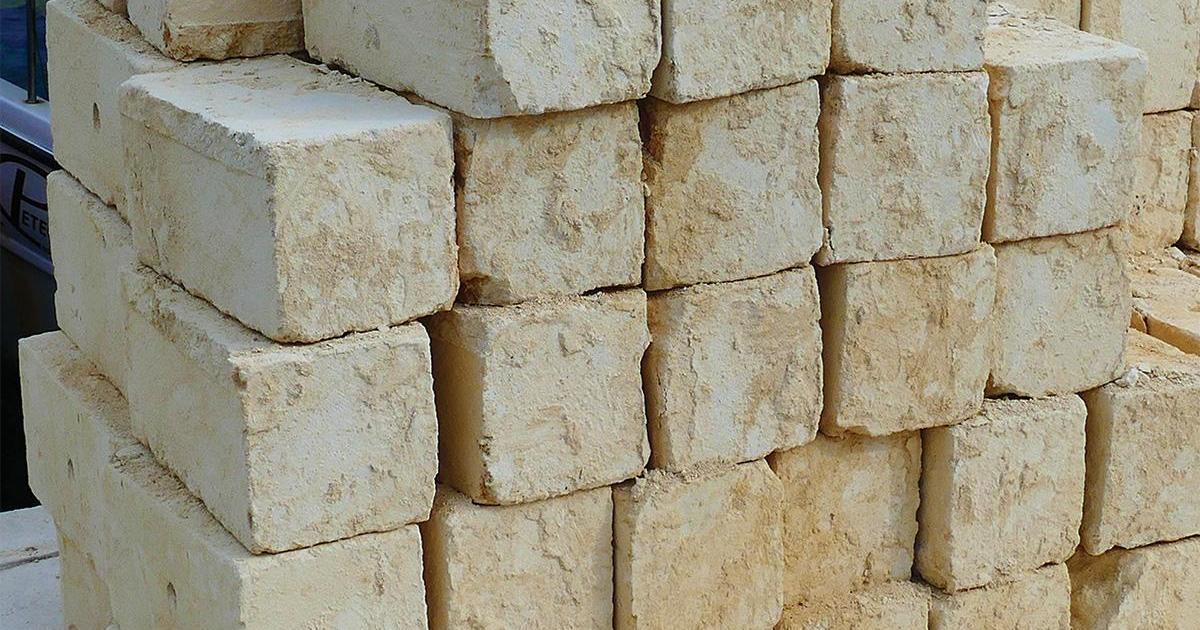
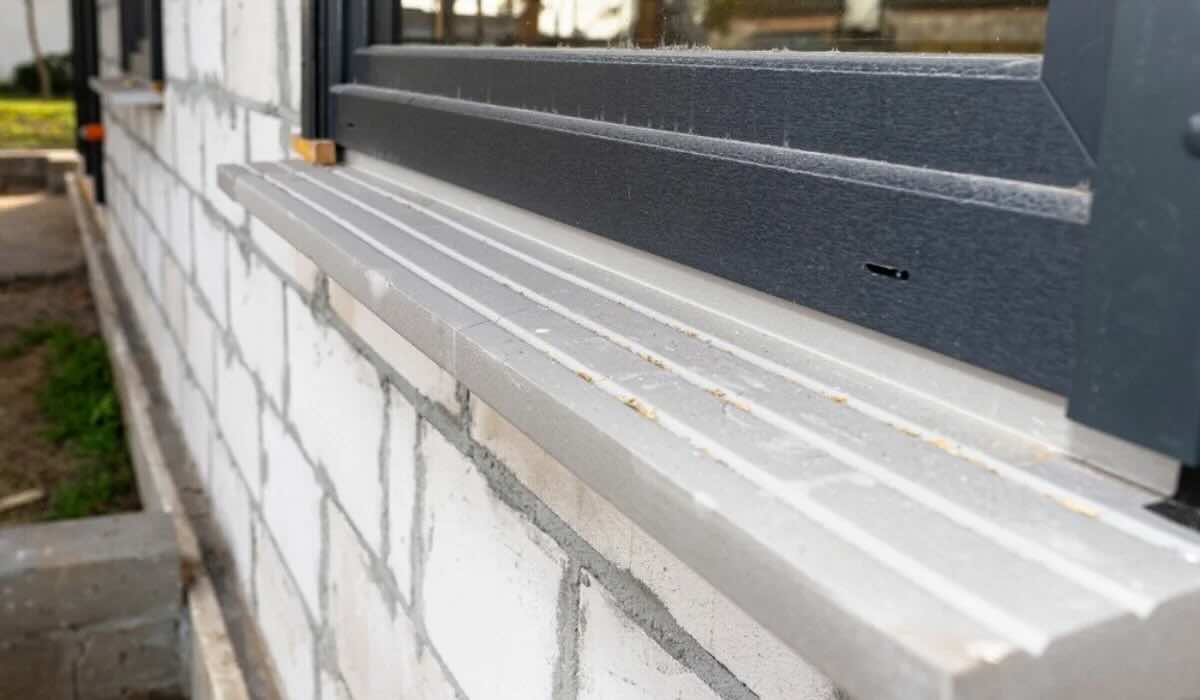
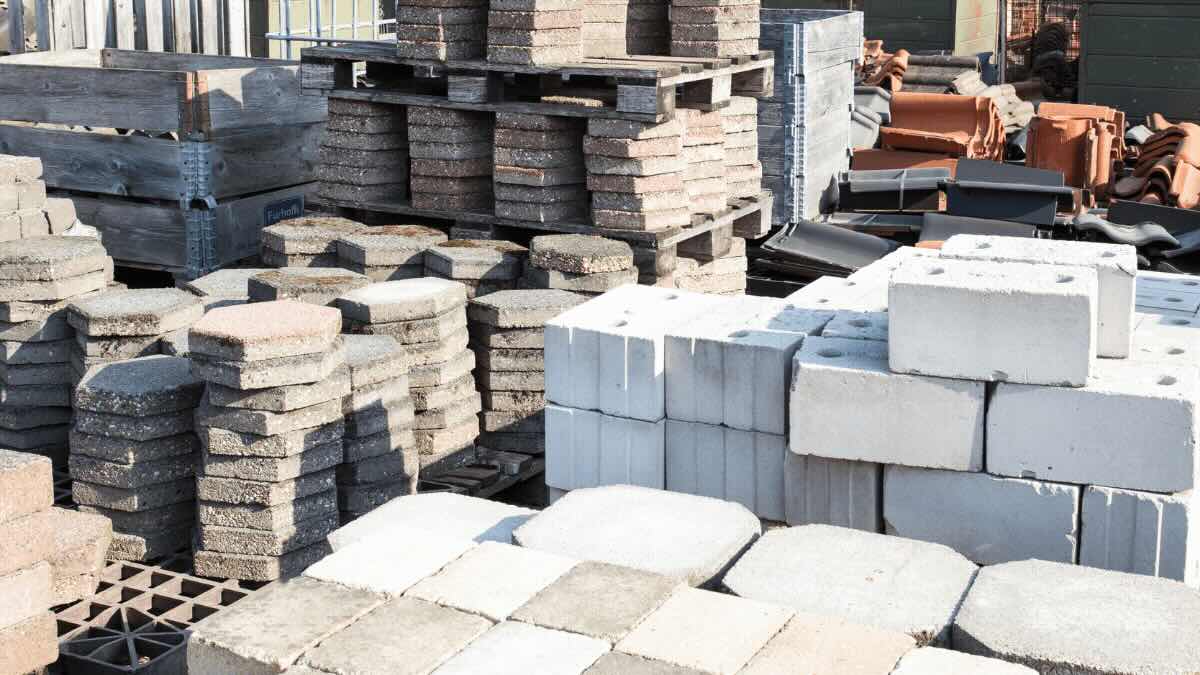
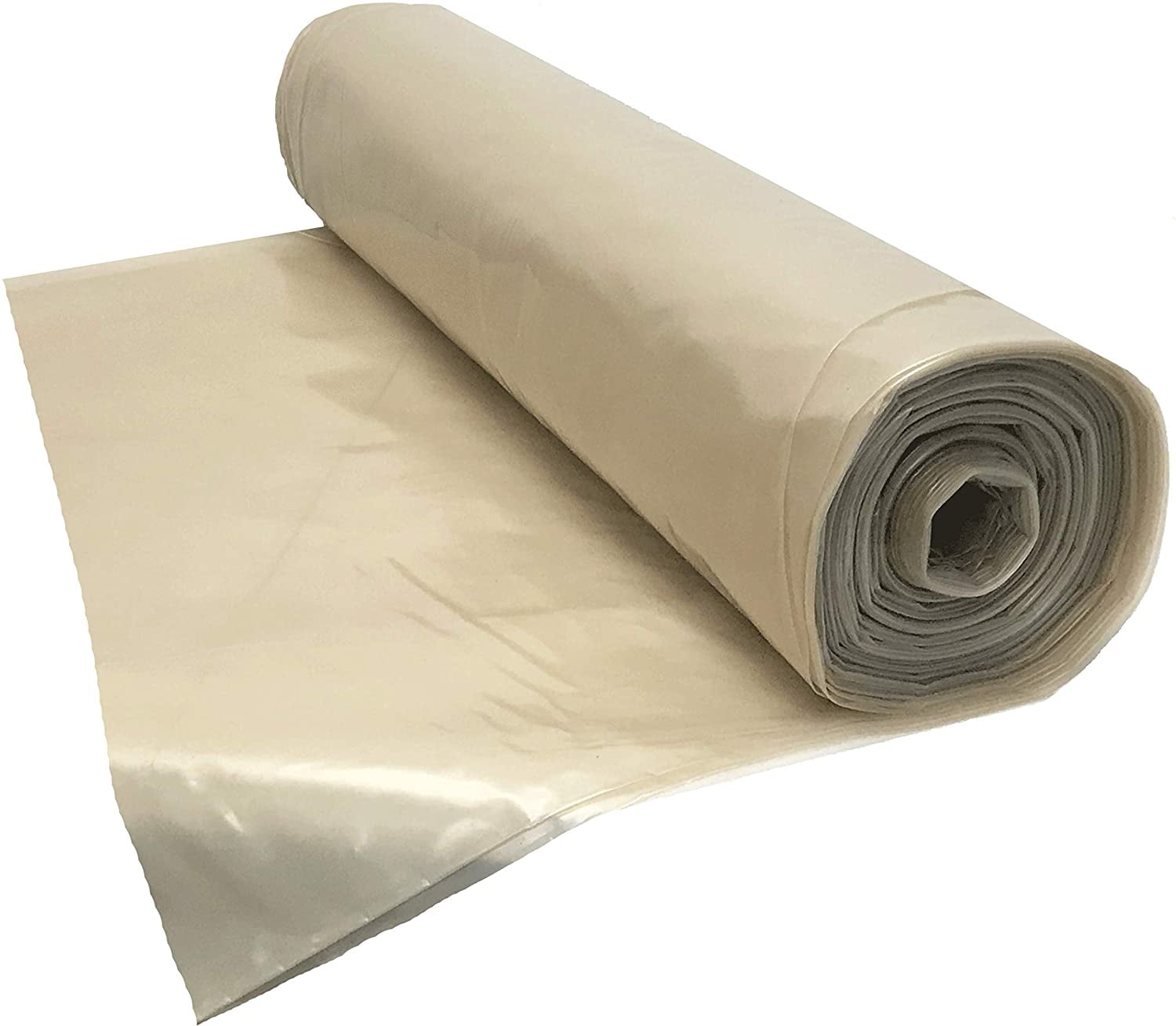
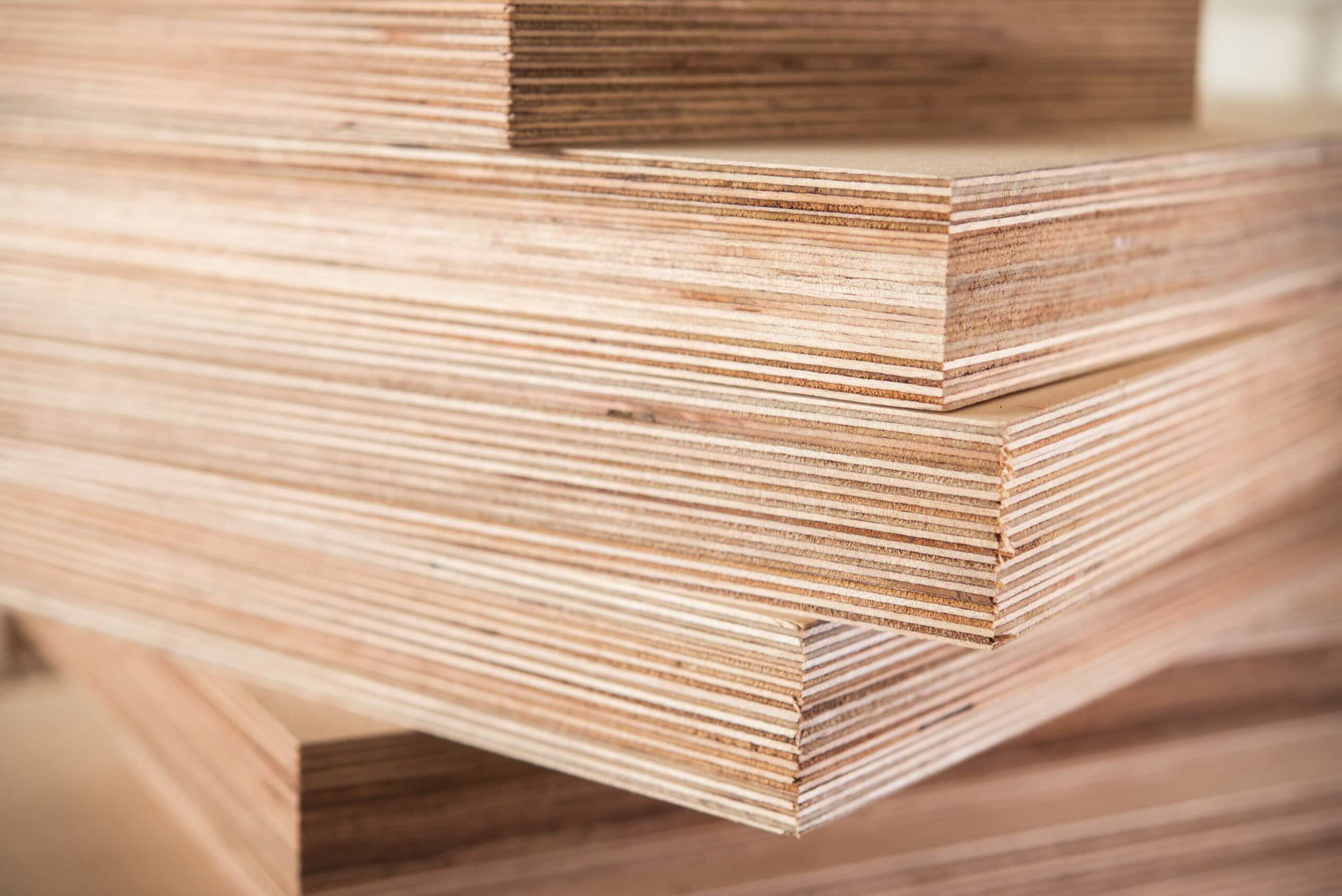
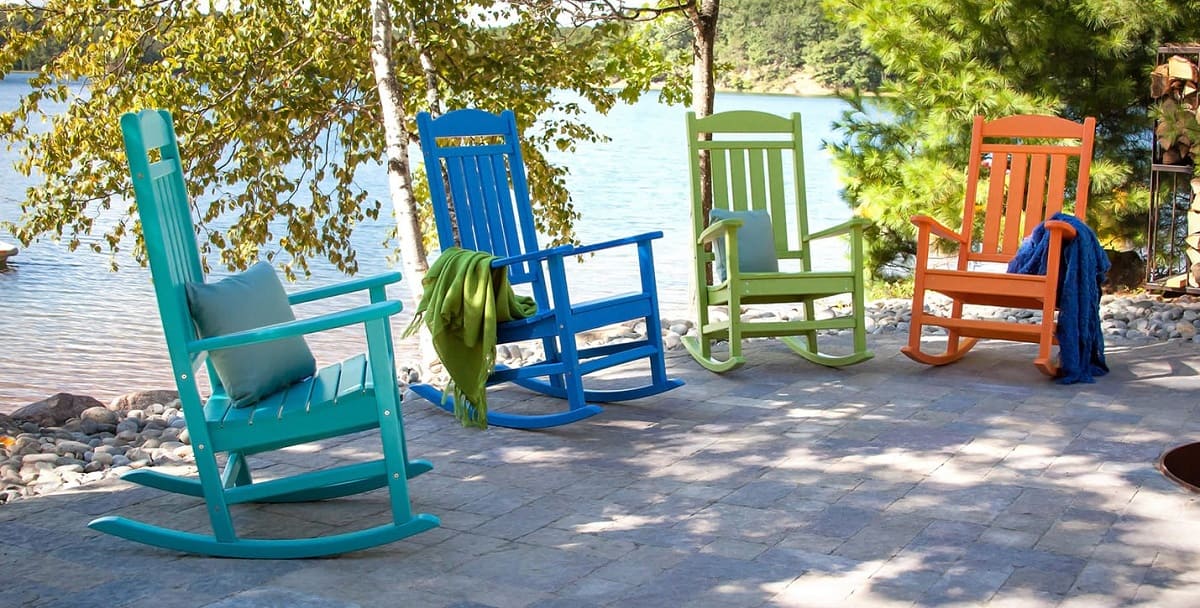
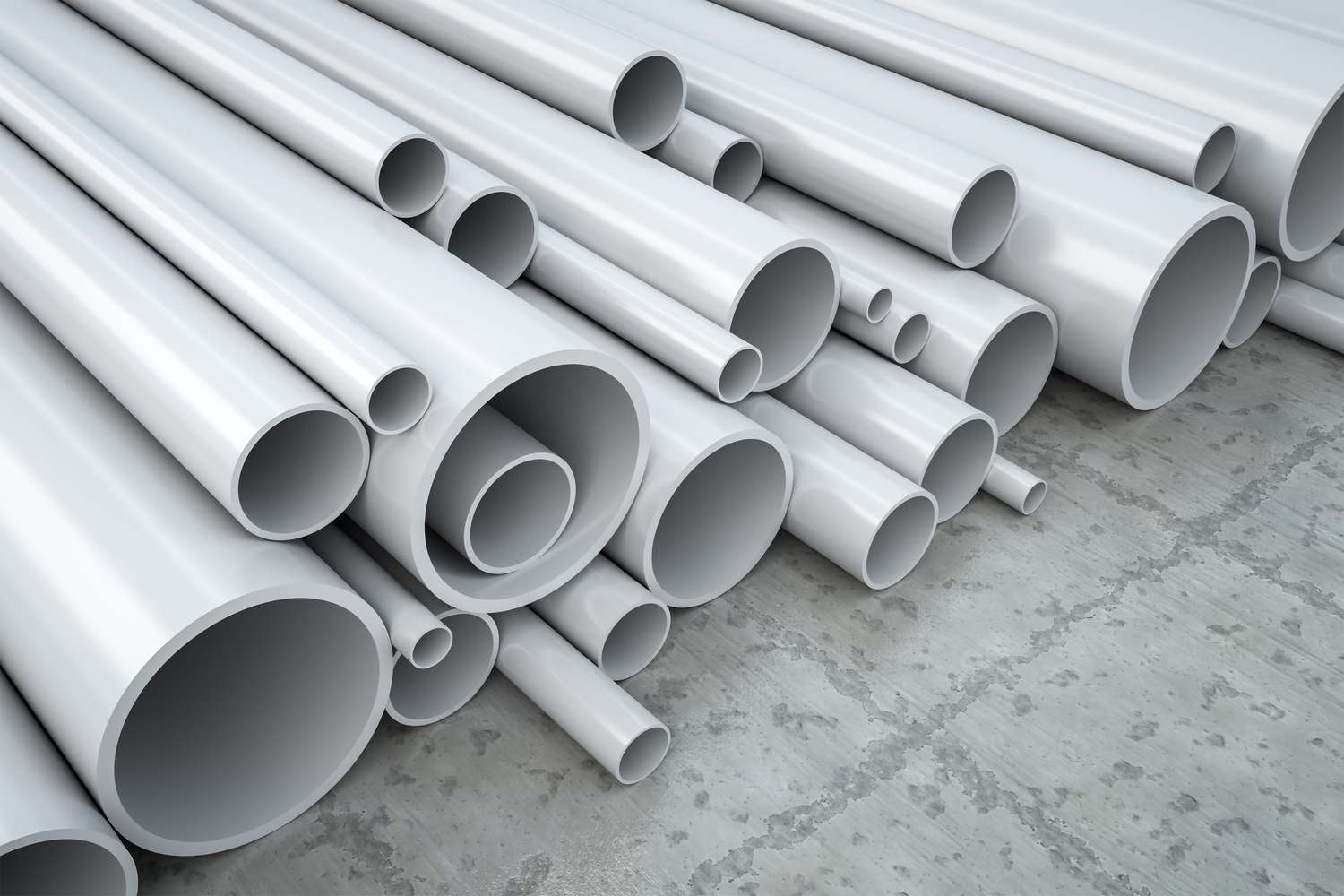
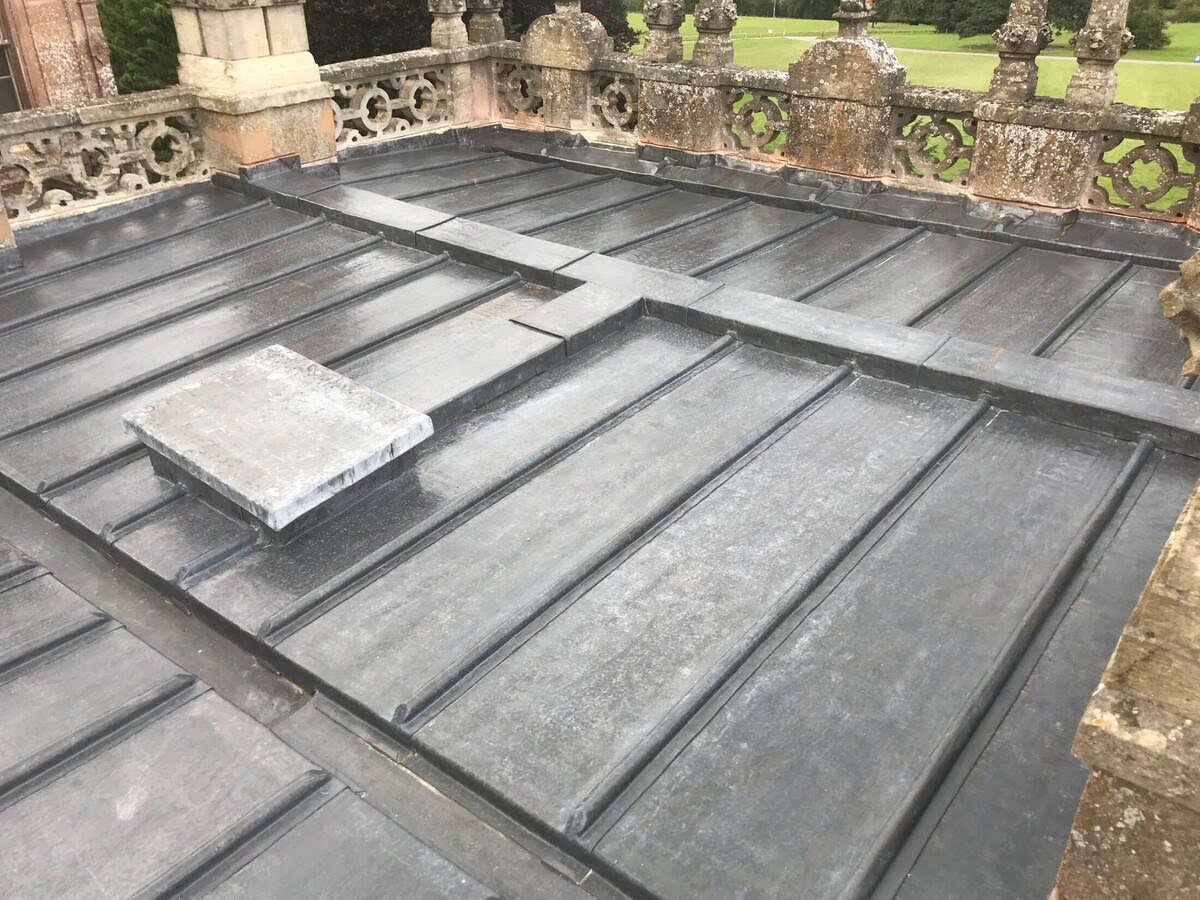

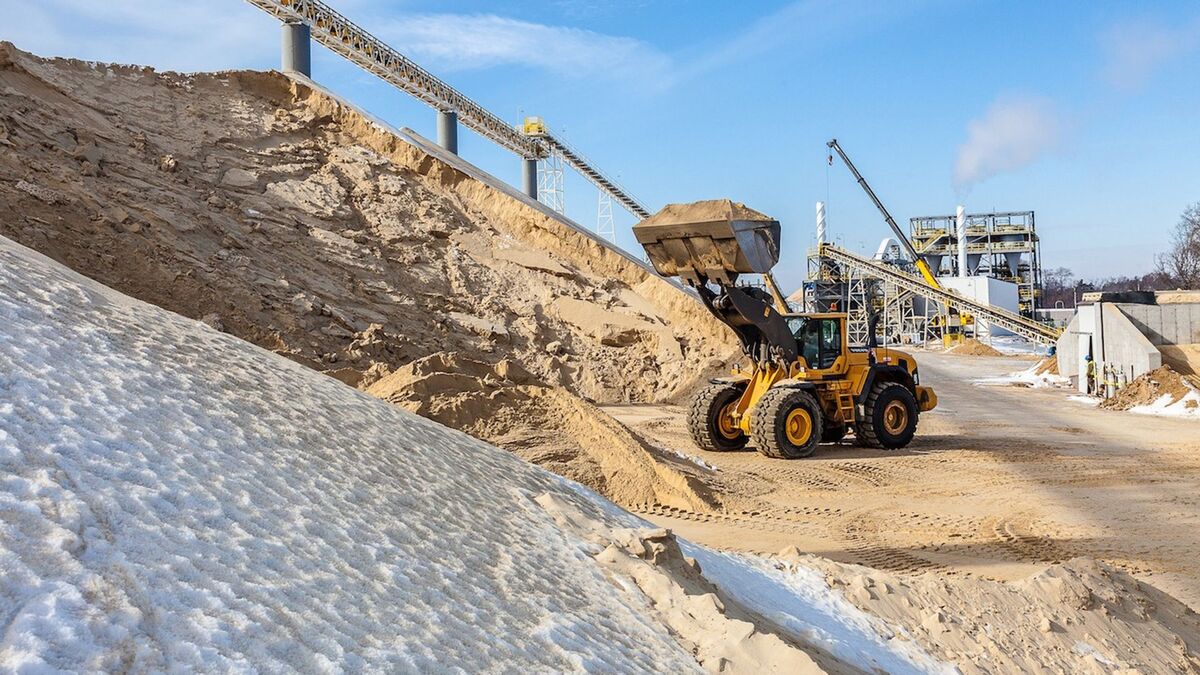
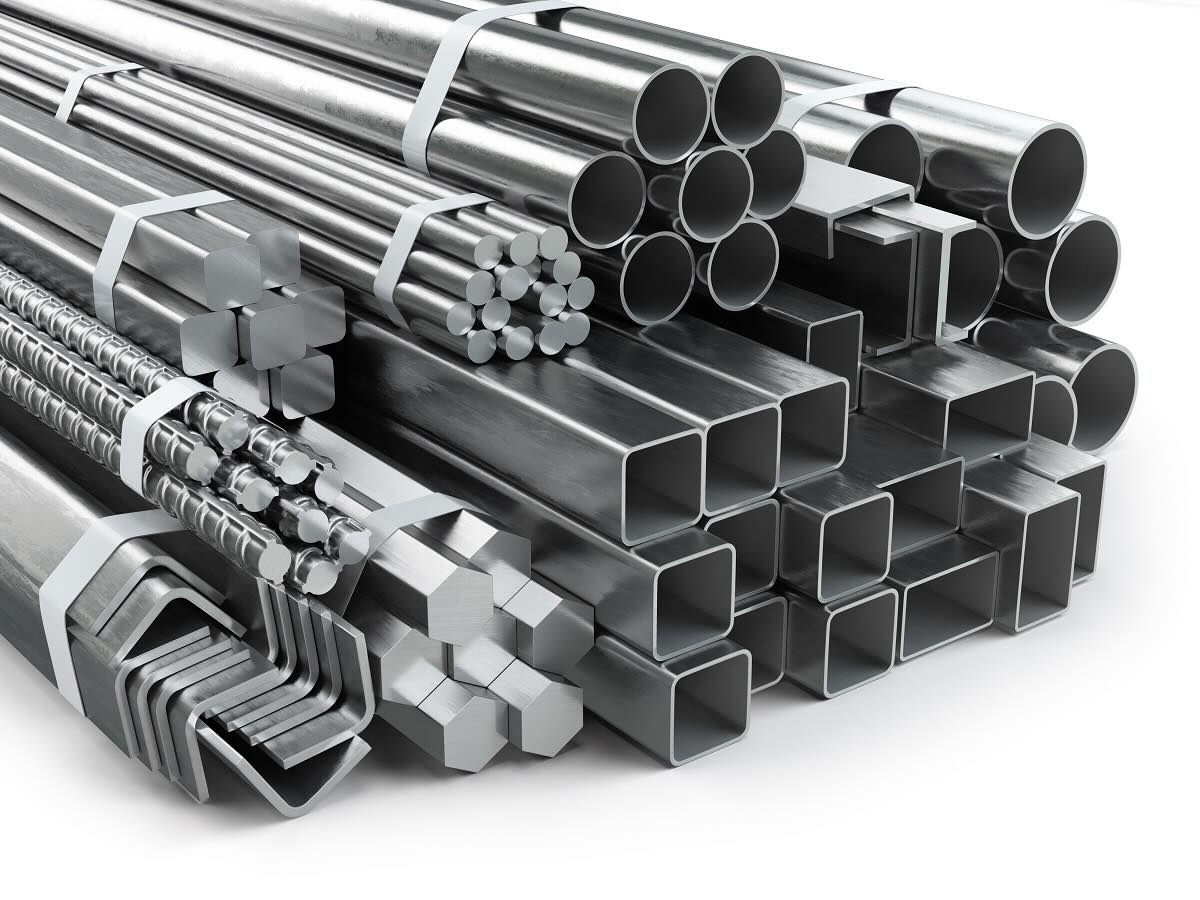
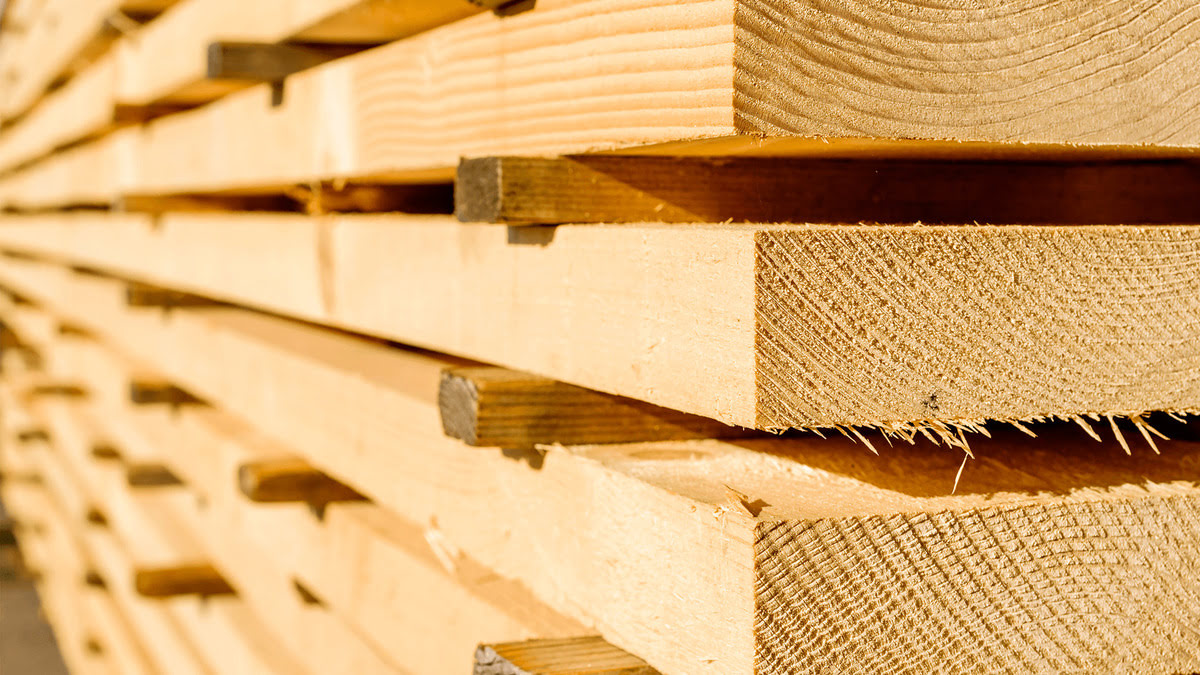
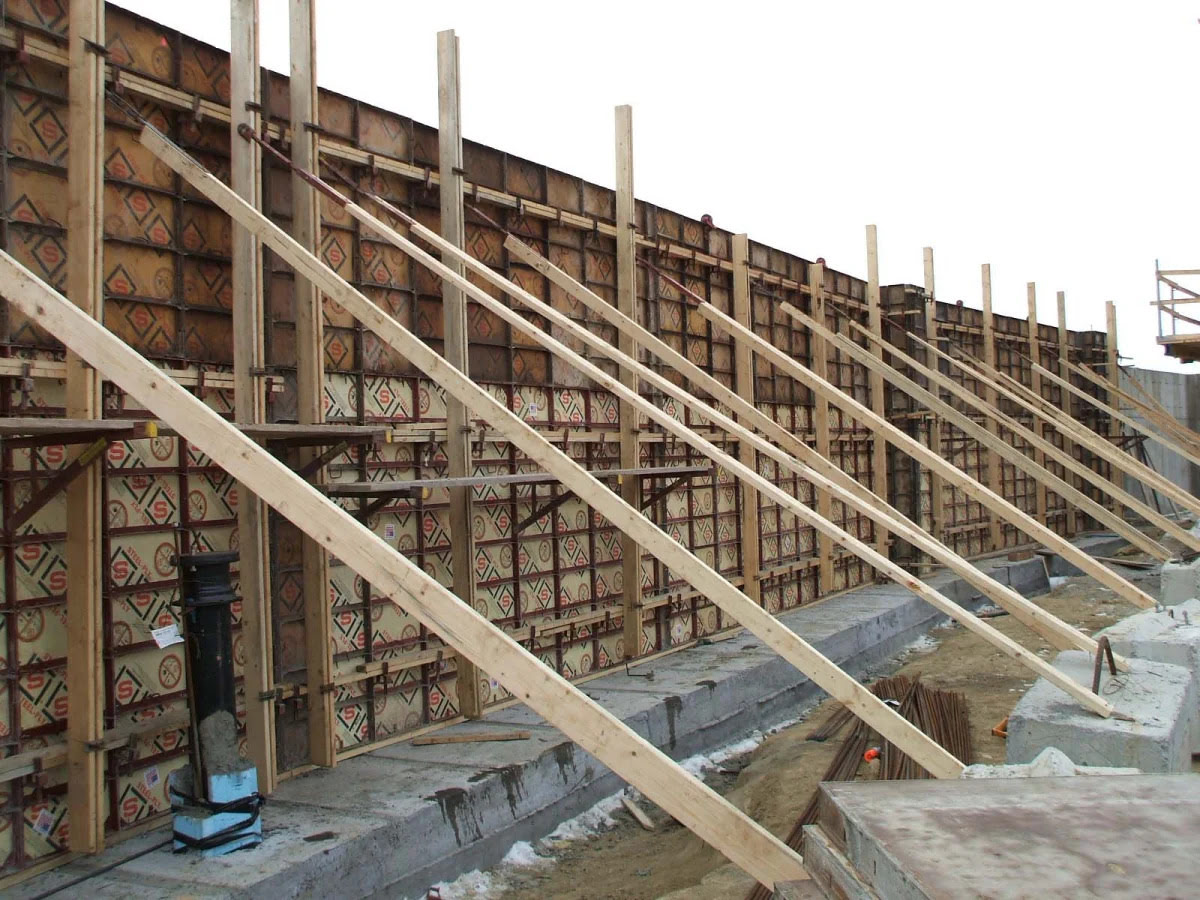
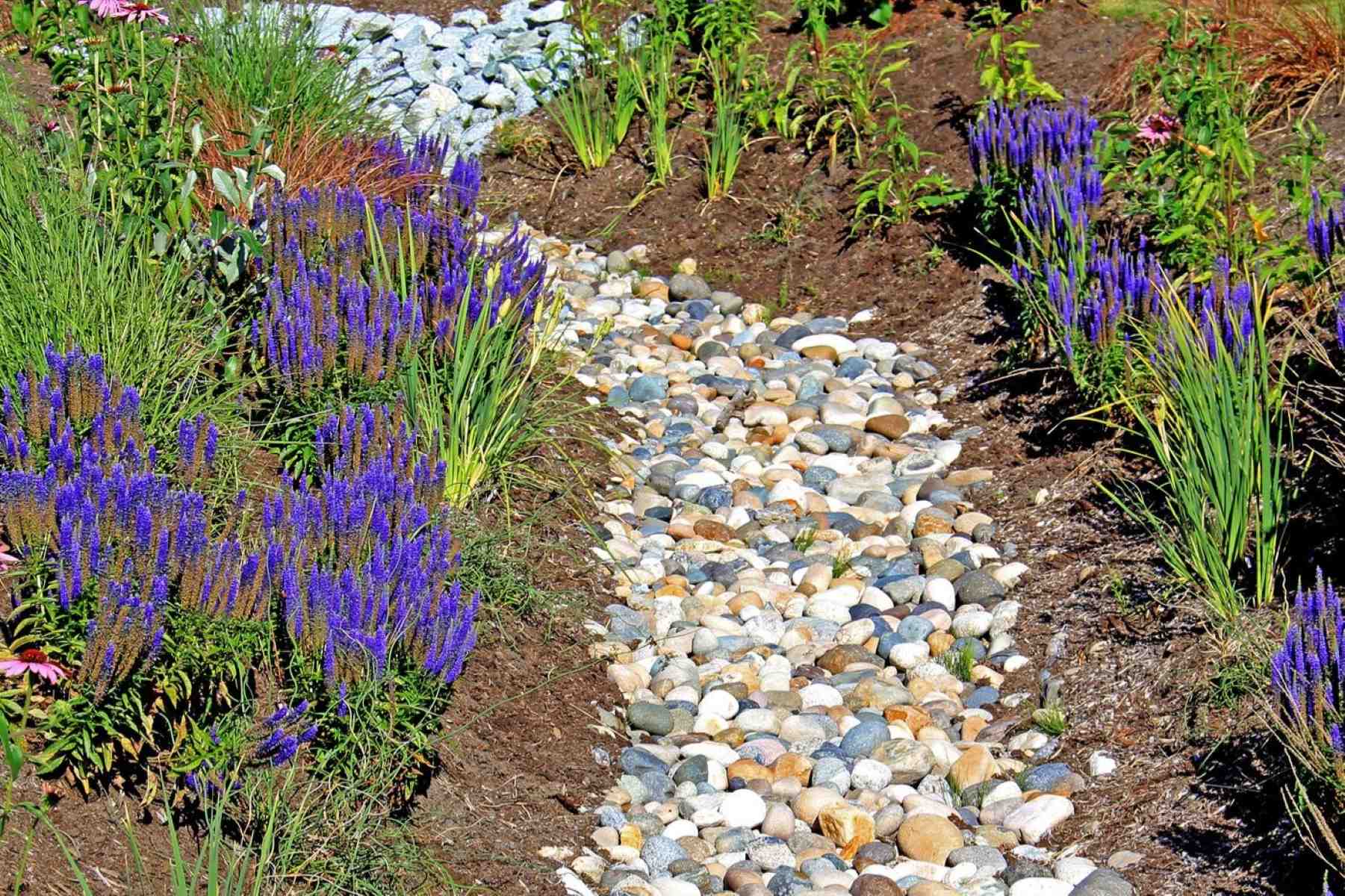


0 thoughts on “What Rocks Are Used In Construction”